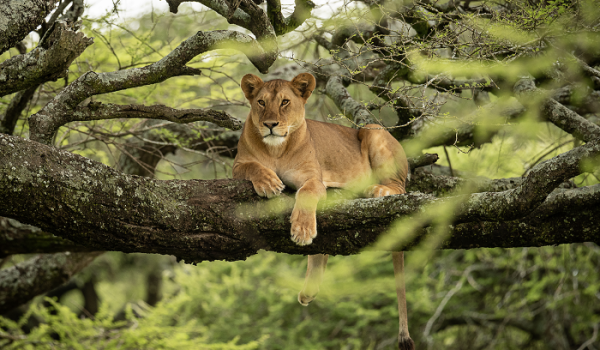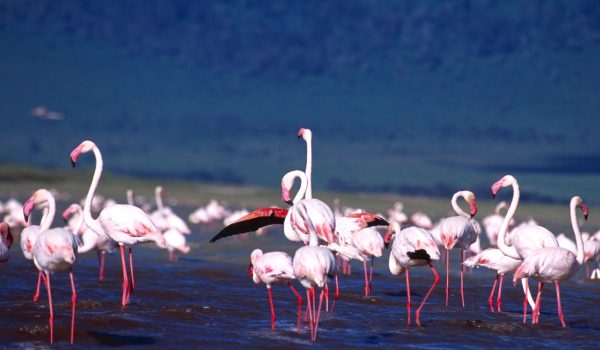most iconic parks and reserves
Northern Circuit
Northern safari circuit encompasses some of Africa’s most iconic parks and reserves including Serengeti National Park, Ngorongoro Conservation Area, Tarangire National Park, Lake Manyara National Park, Kilimanjaro National Park, Arusha National Park, and the Great Rift Valley lakes Natron and Eyasi. Due to the popularity of these parks, the northern safari circuit harbors more tourists than any other circuit in Tanzania. Sometimes, especially during peak seasons, it is not uncommon to see plenty of vehicles in one area.
Arusha National Park
This beautiful Park has often been called a "little germ" and rightly so. It is only ½ an hour by tarmac road from Arusha town, the safari center of Northern Tanzania. With mountains, valleys, lakes, and small plains clothed in green, it has a wonderful feeling of peace and solitude. It is dominated by Mount Meru, which at 4,566 m (14,980 ft) is the 5rd highest free standing mountain in Africa. This second highest mountain in Tanzania offers unforgettable experience and serves as acclimatization refuge before climbing Mount Kilimanjaro.
CLIMATE
The Park can be visited throughout the year; however the best time is between June to September and from December to early March. The short rainy period is from October to November and the heavy rain season is from March to May with annual average rainfall ranging from ….. to ….. mm. The park is located at an altitude between 1,700 and 4566 meters.
GETTING THERE
The Park can be accessed by road or air.
By Road: From Arusha town to Ngongongare gate, it is about 32 km.
By Air: It is about 40 km from Kilimanjaro International Airport.
ATTRACTIONS
The Park is gifted with variety of attractions ranging from wildlife inhabiting the wilderness to craters and mountain peaks.
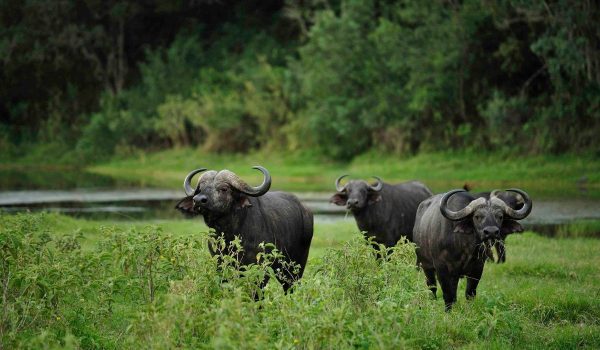
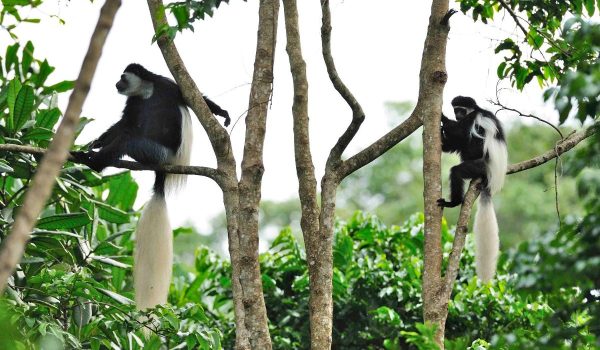
Ngorongoro Conservation Area
The Ngorongoro Conservation Area spans from Serengeti National Park in the north, to the Great Rift Valley in the east. In total, the conservation area covers more than 8,000 km² (3,200 sq. miles). It consists of the Ngorongoro Crater, Ndutu, Olduvai Gorge, Empakaai, Olmoti Crater and Oldonyo Lengai Mountain. The mix of forests, valleys, savannah, craters, lakes and swamps is home for a wide range of animals
CLIMATE
Ngorongoro CA has a mild, temperate climate. The area experiences two Wet seasons. From October to November are the ‘short’ rains, followed by the ‘long rains’ from March to May. Rainfall is usually experienced in the form of short showers.
GETTING THERE
The road from Arusha to Ngorongoro Conservation Area is good and is paved; it enters the Conservation Area through the Loduare Gate near the town of Karatu. Another common entry point is from the west, from Serengeti National Park, on a gravel road through Naabi Hill Gate.
ATTRACTIONS
Ngorongoro Crater. Olduvai Gorge, Empakaai Crater, Olduvai Gorge Museum, Ndutu Lake, The Engare Sero Footprint Site, Shifting Sands, Olmoti Crater, Gol Mountains, Nasera Rock, Salei Plains, Ol Karien Gorge, Ol Doinyo Lengai and Oldeani Mountain
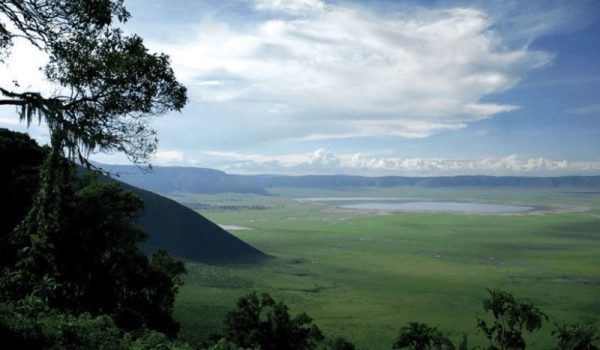
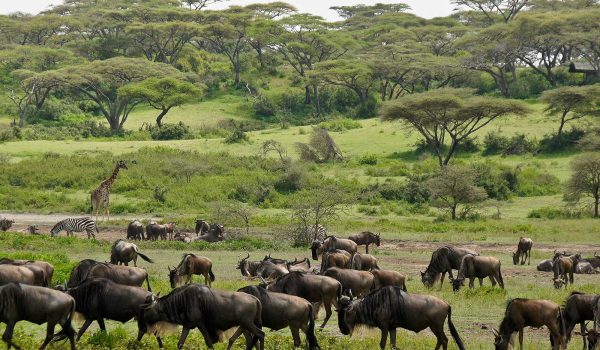
Tarangire National Park
Tarangire extends to you a very cordial welcome. We are thrilled to have you here and we appreciate for trusting us. Whether you are visiting here for a day trip or having an overnight, Tarangire has something for everyone. The park is impressively splendid for its famous concentration of wild animals especially the elephants and it is also one of the finest birding destinations in East Africa. The name of the park originates from the Tarangire River that crosses the park and covers an area of 2850 km 2.
CLIMATE
Tarangire has a bimodal rainfall with short rains starting from November to December, long rains from March to May and dry season from June to October and January to February. The park is located at an altitude between 900m and 1250meters with annual average rainfall ranging from 650 to 700mm.
ATTRACTIONS
The Park has remarkable attractions with large groups of Elephants, spectacular natural beauty of savanna landscape and magnificent majestic Baobabs. Over 550 different bird species have been recorded in the park, of which several are threatened or endemic.
GETTING THERE
The Park can be accessed by road or air
Road: The park is 121km through a tarmac road from Arusha city.
Air: The park can be reached by flight from Kilimanjaro International Airport which is 46km from Arusha. Charted flights are also available from Arusha to Kuro Airstrip located inside the park
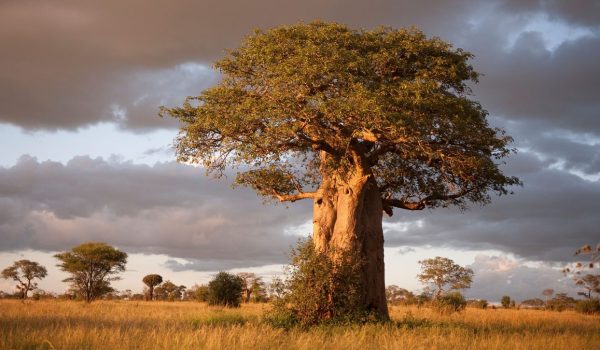
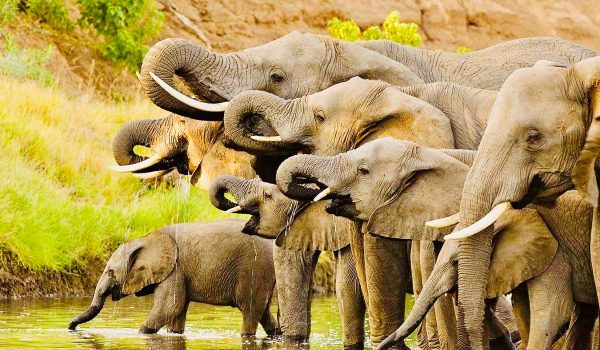
Serengeti National Park
Maasai people called this park 'Siringet', meaning endless plains. The Serengeti speaks for itself and with good reason not only the migration of over 1 million wildebeest through its plains and woodlands but also unique landscapes and other spectacular wildlife. The Serengeti is home to the world’s largest populations of Wildebeest, Zebra, Cape Eland, Lion, Cheetah, Hyena and Gazelles. The scenic beauty of the sky with cool nights and warm days makes your visit to this remaining home for great migration of large mammals incredible!
CLIMATE
The climate of the Serengeti National Park is subtropical, with rain season from November to April and dry season from May to October. The park is located at an altitude between 1,100 and 2,000 meters with annual average rainfall ranging from 900 to 1,000 mm.
GETTING THERE
The park can be accessed by road and air.
Road. Accessed from all towns and cities to the present entry or exit points/gates namely Naabi Hill, Seronera, Ndutu, Kusini, Kirawira, Handajega, Ikoma, Tabora ‘B’, Lamai, Lobo, Ndabaka, Machochwe and Kleins.
Air. There are all weather airstrips in the center of the park (Seronera), in the South (Kusini), in the East (Lobo), in the West (Kirawira) and in the North (Kogatende & Lamai). There are scheduled and private charters from Arusha, Mwanza, Kilimanjaro, Musoma, Dar es salaam and Zanzibar.
ATTRACTIONS
Serengeti National Park, a world-renown, World Biosphere Reserve and World Heritage Site that has many attractions than any other national park in Africa. The Great Migration, The Big Five, Unique Bird Collections, Endangered Species, Highest concentration of Carnivores and Herbivores, Scenic and Spectacular Landscapes are some of the attractions one will encounter!
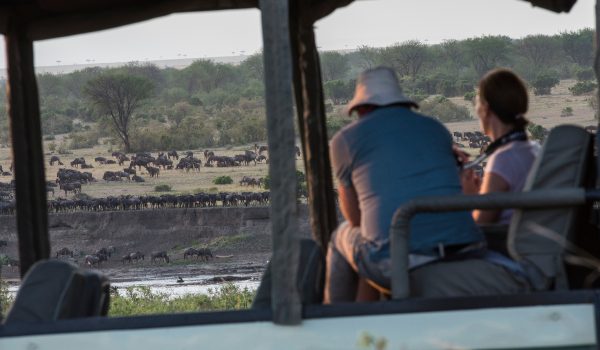
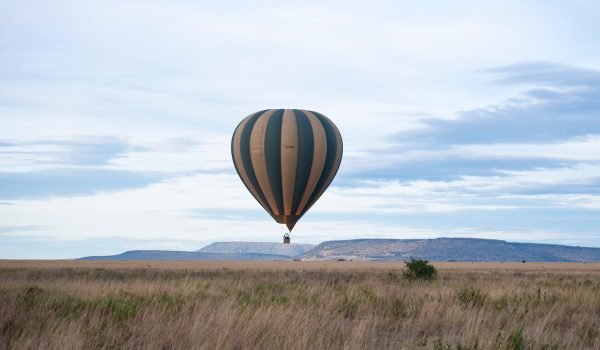
Lake Manyara National Park
The lush green vegetation consisting of tall trees of the ground water forest, the tree climbing lions, the soda lake inhabited with thousands of pink-hued flamingos, large water birds and the troops of baboons and blue monkeys and the rift valley escarpment make your safari to this area unforgettable. The park derives its name from a plant called Euphorbia tirucalli, known as Emanyara in Maasai language and covers an area of 648.7 km2.
CLIMATE
The Park experiences bi-modal rainfall season with short rains starting from November to December and long rains from February to May and dry season is from late June to October.It is located at an altitude between 850 and 2000 meters with annual average rainfall ranging from 650 to 760mm.
GETTING THERE
The Park can be accessed by road or air
Road. The park is 115 km from Arusha city to main gate via Makuyuni-Ngorongoro road.
Air. Can be accessed through scheduled flights to Manyara
ATTRACTIONS
The Park has remarkable attractions most notably the tree climbing lions, Marang’ forest, hot spring, ground water forest, diversity of bird species and the rift valley. Plan your trip by visiting Lake Manyara National Park were you will get exceptional experience that quenches your travel thirst.
